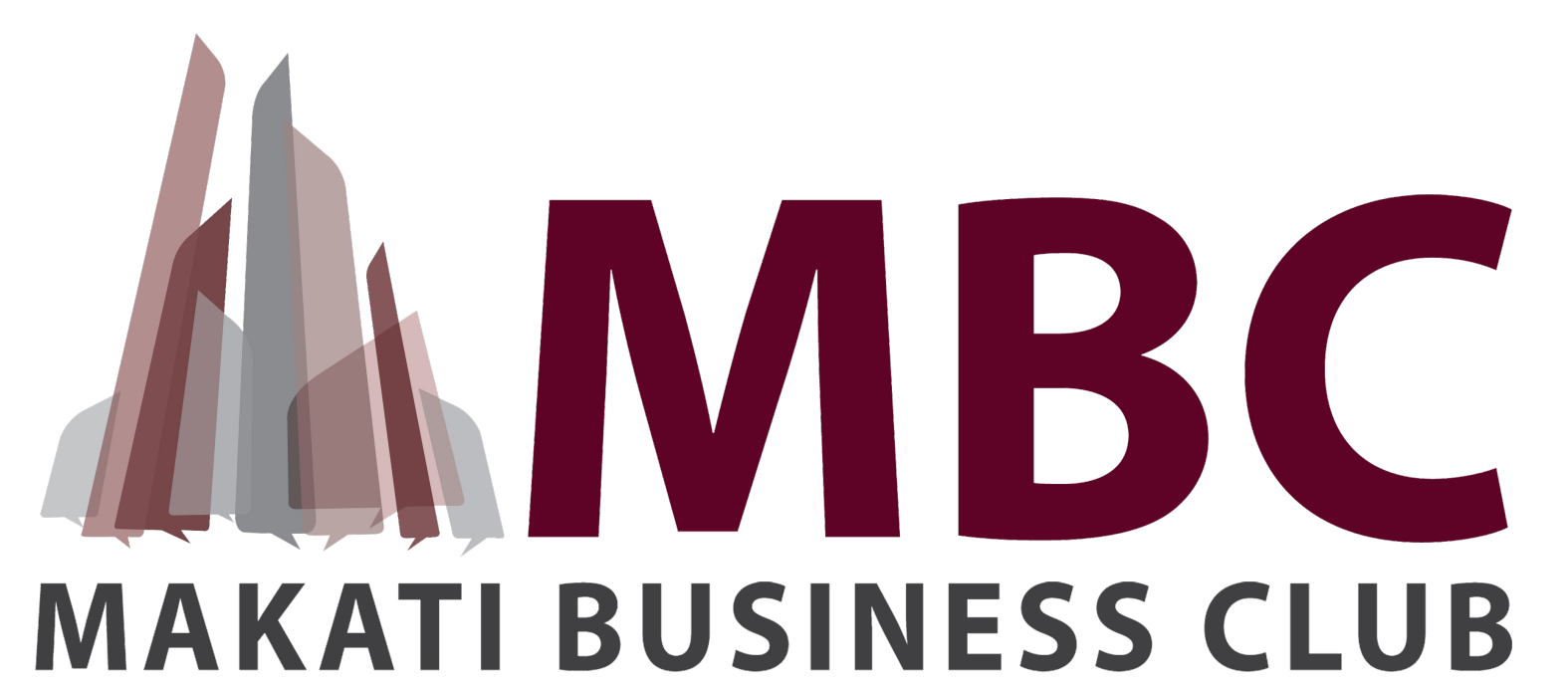Business leaders have stepped up in their individual and corporate capacity in the campaign against COVID-19. They responded quickly to cushion the enhanced community quarantine (ECQ) impact on their employees, including contractuals compensated on a no-work-no-pay basis, suppliers, and customers. Acutely sensitive to business and economic signals, they recognized the resumption of “normal” life as urgent and began dealing more directly with the pandemic.
As RFM president and CEO, founder of Go Negosyo, and presidential adviser for entrepreneurship, Secretary Joey Concepcion, wearing both corporate and government hats, has emerged as the leading advocate for the relaxation of lockdown restrictions. He represented 60 other business leaders in recommending the selective reopening of malls, restaurants, and other commercial establishments, as well as the provision of some public transport services, provided that every enterprise practiced social distance and health security precautions.
The recommendation came on April 2, when the country had registered over 2,600 COVID-19 cases and over 100 deaths. Two weeks later, the COVID-19 count had more than doubled to over 5,400 cases, while deaths had more than tripled at nearly 350. Although probably relieved that the business recommendations had not been immediately accepted, Concepcion continued to push for them. But Concepcion has maintained that epidemiology must guide public health decision-making and that life must take precedence over livelihood.
Whatever the preferred descriptor—gradual, phased, selective, calibrated—everyone accepts the need for careful deliberation on lockdown lifting. But the focus on dates for ECQ modification has distracted from the more difficult issue: determining the bases for relaxing lockdown. Concepcion has fixed on location as a critical element: “Determine where the virus is.” Our archipelagic setting provides an advantage; some areas have natural features that help isolate them from cross-border infection. If it is true that 30 provinces have not encountered COVID-19 cases, as the Union of Local Authorities of the Philippines or ULAP claims (26, according to the Department of Health), why should they suffer quarantine? The problem is verifying the ULAP assertion. The World Health Organization (WHO) has been preaching the answer—by testing, the first step in the test-trace-treat strategy. Project ARK (antibody rapid test kits), which Mr. Concepcion unveiled on April 23, aligned his advocacy for gradual lockdown lifting to the WHO mantra on testing.
The lack of test kits has stalled the testing program. Given supply constraints, it makes sense to test the people who need it most, such as frontliners in the health centers. But this rationing raises the number of positive test results. Since the people subjected to the test are those most exposed to the infection, the high test-positivity rate is unsurprising. The United States and the United Kingdom have registered rates at 20 percent (55 percent in New York!) and over 30 percent, respectively, compared to 2 percent in South Korea, Australia, and New Zealand, which have undertaken more widespread testing.
Information on how many new cases on a daily basis are being tested, where these are conducted, and their results would enable more reliable estimates of the virus prevalence rate, the proportion of the general population infected by COVID-19, and the number of infected people likely to die. With these data, experts can better trace the trajectory of the disease and map the areas for selective lockdown relief. Declining daily infection rates, while maintaining the pace of general testing, would prove progress against the pandemic.
New York established seven requirements for relaxing quarantine restrictions, including a 14-day decline in hospitalization and death rates, and 30 tests per 1,000 residents each month. For Manila’s 13 million residents, the requirement would come to about 13,000 tests a day. The Rappler count of tests conducted between mid-March and May 4 averages at less than 3,000 a day. The DOH is targeting capacity for 30,000 tests per day by end-May. If achieved, Manila can meet the New York benchmark, although leaving less for the rest of the country.
Private sector projects like ARK are thus important initiatives. Working to ensure they have virus-free personnel for their operations, business can help close the testing gap and improve the bases for deciding where and when to restart the economy.
Edilberto C. de Jesus is professor emeritus at the Asian Institute of Management.
Business Matters is a project of the Makati Business Club (makatibusinessclub@mbc.com.ph).
Posted on 9 May 2020 under Business Matters section of The Philippine Daily Inquirer
